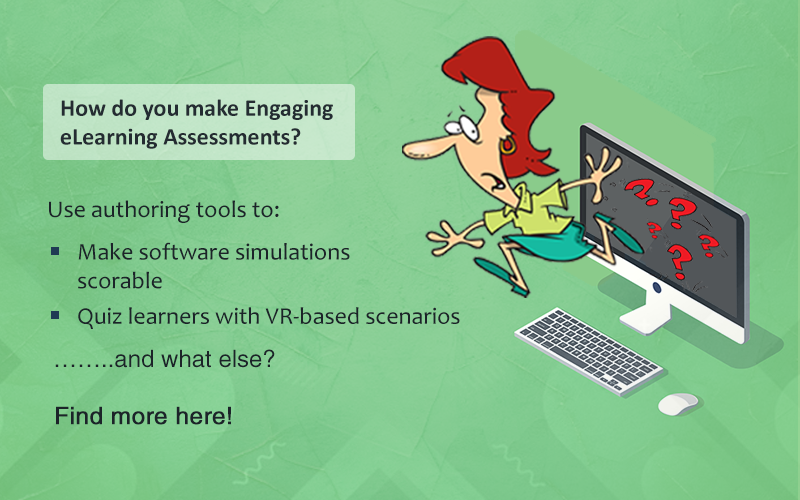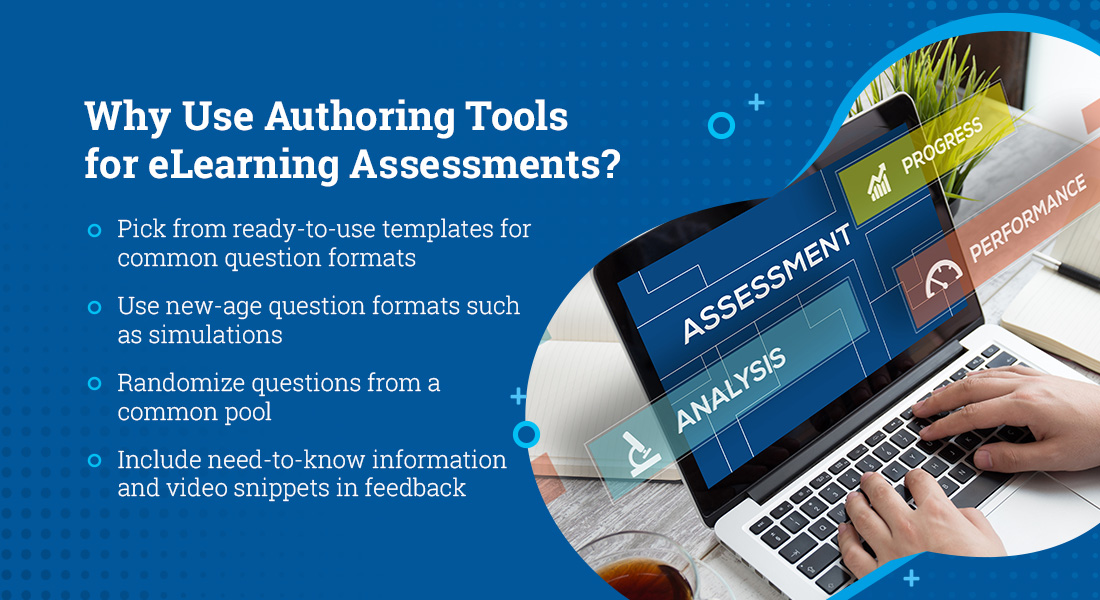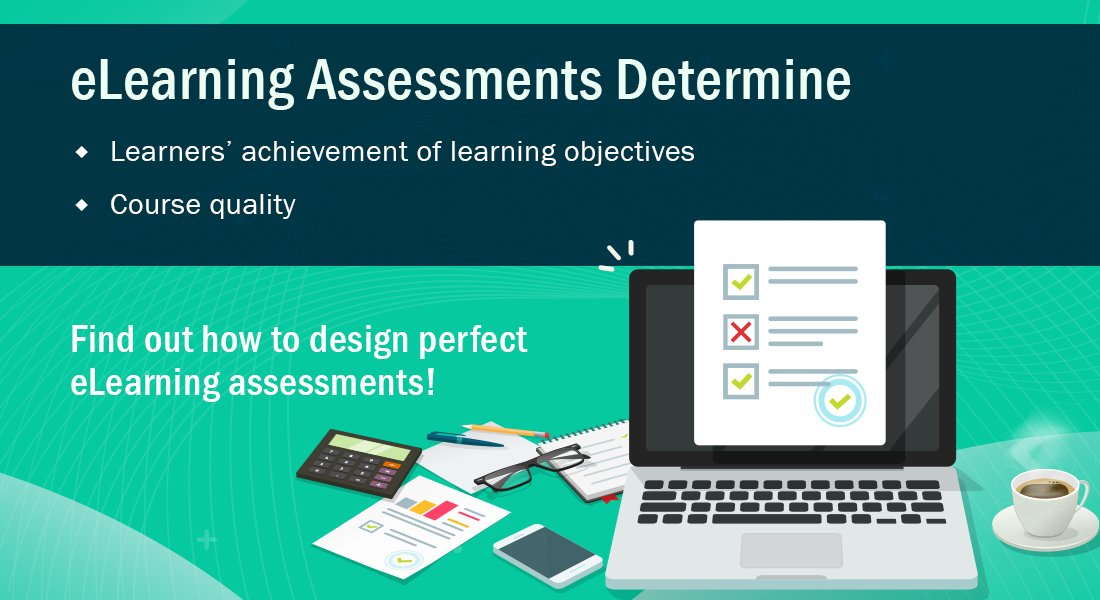Post ERP End-user Training – Time to Assess? Nay… Time to Play!

Be it a real or virtual classroom, a trainer can easily recognize whether learners are able to understand the content being taught through a few subtle hints. But e-learning eliminates such possibilities and so we depend on online assessments to understand learners’ comprehension of the subject. These assessments usually consist of multiple choice questions. But do you really think questions which easily give away 25 or 50% chances of being successful can be effective enough to analyze learners’ comprehension?
If you ask me, I’d say a big NO because I have a friend who attempts such quizzes using his wit and not his comprehension. He uses the nursery rhyme Inky Pinky Ponky as a wild guesser to choose an option. No exaggerations, but luck favors this brave almost every time. Seems funny but there are many who shoot in the dark and hit the target most of the times. So, how do you ensure you assess learners’ comprehension in a better way?
→ Download eBook: How AI Supercharges Gamification
There’s one way. Let them not take a test but play a game. You heard me right! This can be a better way to not only assess learners’ comprehension but also set the butterflies of anxiety free.
How do you develop such a game?
You need to create a virtual environment of your organization; either 2D or 3D. Include all departments with every individual employee’s desk. Create avatars of all employees. Try to make them resemble your employees as much as possible also and give these avatars the same names as your employees for a personal connection. Define the role of each avatar based on your employees’ roles. Also, create different situations that require different functions of the ERP to be performed and make sure they are close to the real-life tasks employees need to execute on the ERP. Categorize these situations into different levels based on the complexity of the function to be performed.
After employees complete their formal ERP end-user training, give them access to this real-life simulation game. Provide them unique login credentials so that their game profiles have their own avatar with their real-life roles on the ERP.

Winning the eLearning Engagement Game: How AI Supercharges Gamification
Experience the Future of eLearning Engagement with AI-enhanced Gamification!
- Games to Engage Modern Learners
- Practical Tips to Incorporate Gamification in eLearning
- AI-enhanced Gamification
- And More!
How to play this game?
Once the learner enters the game with his unique login credentials, he should be assigned the different situations you have already created based on his role. Ask him what he must do in that situation and let him choose his actions. As he performs the necessary functions needed in the situations successfully, he would move ahead in each level and tackle tougher situations. In case he fails, he can either retry the level or access the respective software simulation video provided in the form of Help.
Examples of similar real-life simulation games:
In this game, players can create virtual people called “Sims”. These Sims are placed either in a pre-constructed house or asked to build one themselves. Players help regulate these Sims’ moods and satisfy their desires. With each updated version of the game, players are given more activities for their Sims to perform.
This real-life simulation game contains city-building simulations. As a Mayor of the city in the game, you will see how every decision you make will affect your city, your region, and the world within the game.
Using such real-life simulation games for ERP end-user training ensures users are assessed in a close to real-life environment and on real-time processes and procedures. They also help end-users understand the application of the ERP in different contexts of the organizational processes. So, what are you waiting for? Let the mantra “keep learning, keep playing, and keep growing” be the driving force of your employees.





